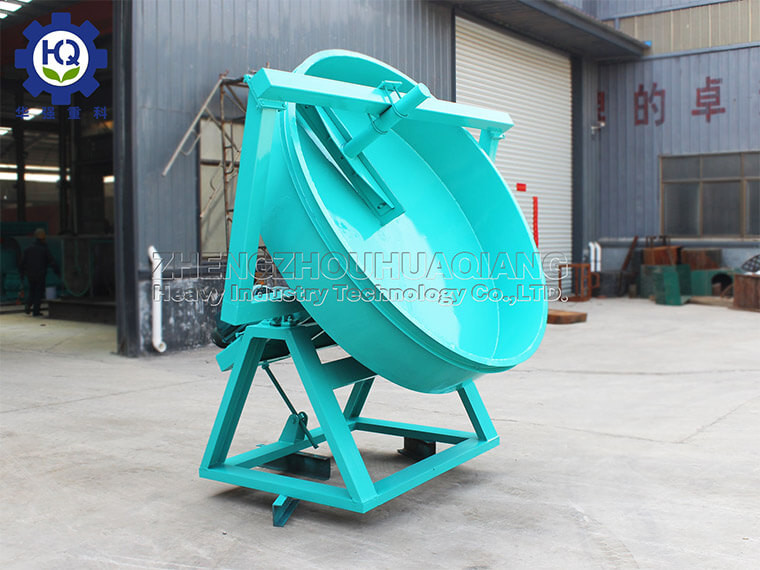In the fertilizer production line, the disc granulator is like a skilled "shaper", endowing fertilizers with ideal shapes.
After various fertilizer ingredients are mixed according to precise formulas, they enter the disc granulator. The machine starts and the disc begins to slowly rotate. Under the clever action of centrifugal force, frictional force, and gravity, materials gradually gather at the edge of the disc. At first, these materials were just a loose collection, but as the disk continued to rotate, the materials kept rolling, and newly added materials continued to adhere to existing small particles, like rolling snowballs, gradually growing and forming.

The fertilizer particles produced by the disc granulator have regular shapes, mostly round spherical shapes. This perfect spherical particle has obvious advantages in the fertilization process, as it can be more evenly dispersed in the soil, ensuring a more balanced absorption of nutrients by crops. Moreover, the structure of the disc granulator is relatively simple, and the operation and maintenance are not complicated. For many fertilizer production enterprises, lower equipment costs and convenient maintenance methods greatly reduce the production threshold.
In actual production, operators can precisely control the size and strength of fertilizer particles by adjusting parameters such as the rotation speed of the disc, the rate of material addition, and humidity. For example, increasing the rotational speed of the disc appropriately can make the material move more vigorously on the disc, which helps to form smaller particles; Increasing the humidity of the material enhances the viscosity between particles, resulting in higher particle strength of the produced fertilizer.
The disc granulator occupies an important position in fertilizer production lines due to its unique granulation method and numerous advantages. It provides strong support for the production of high-quality and uniform fertilizers, meets the strict requirements of agricultural production for the physical form and quality of fertilizers, and is an indispensable key equipment in the fertilizer production process.